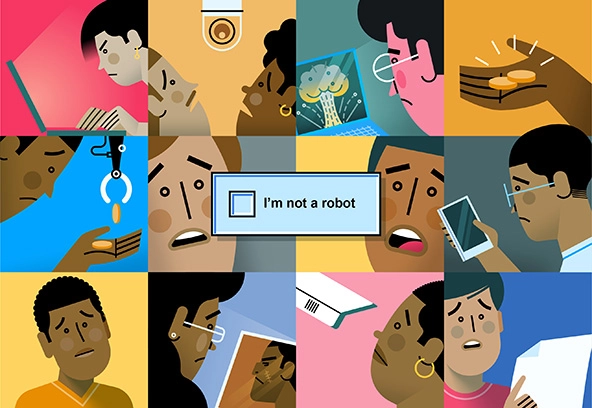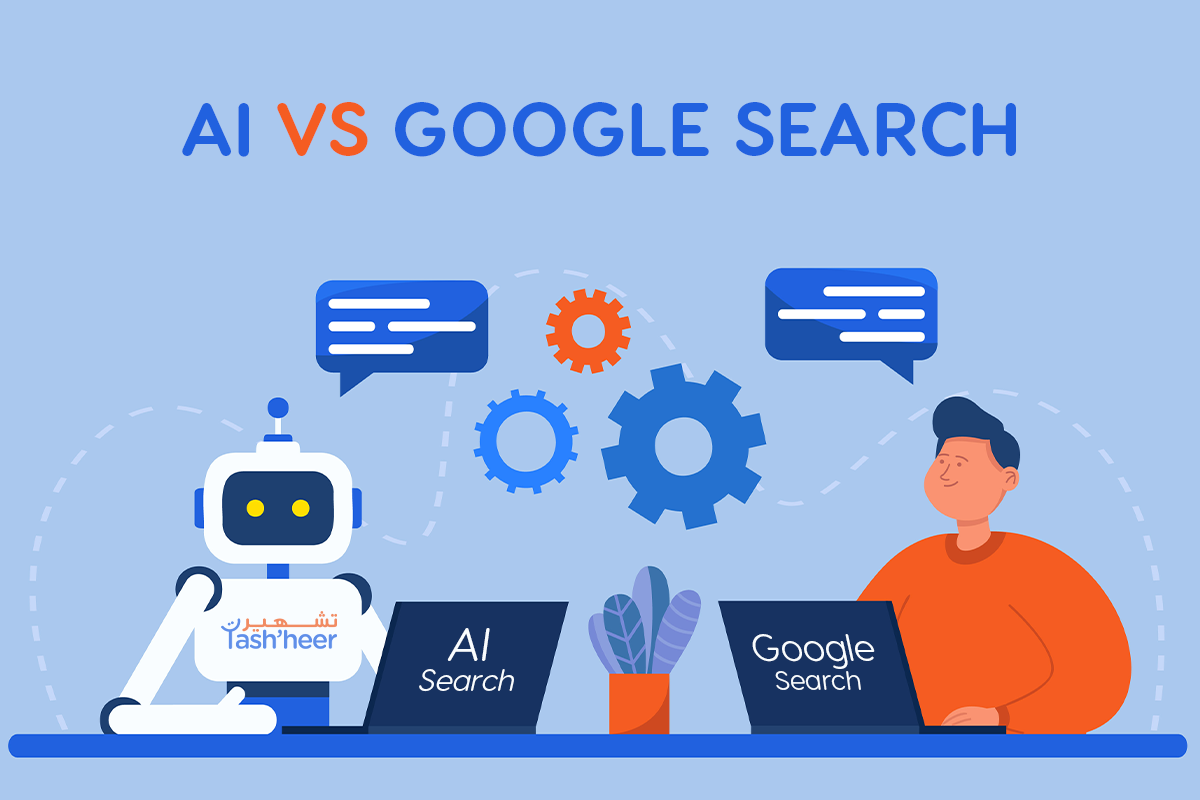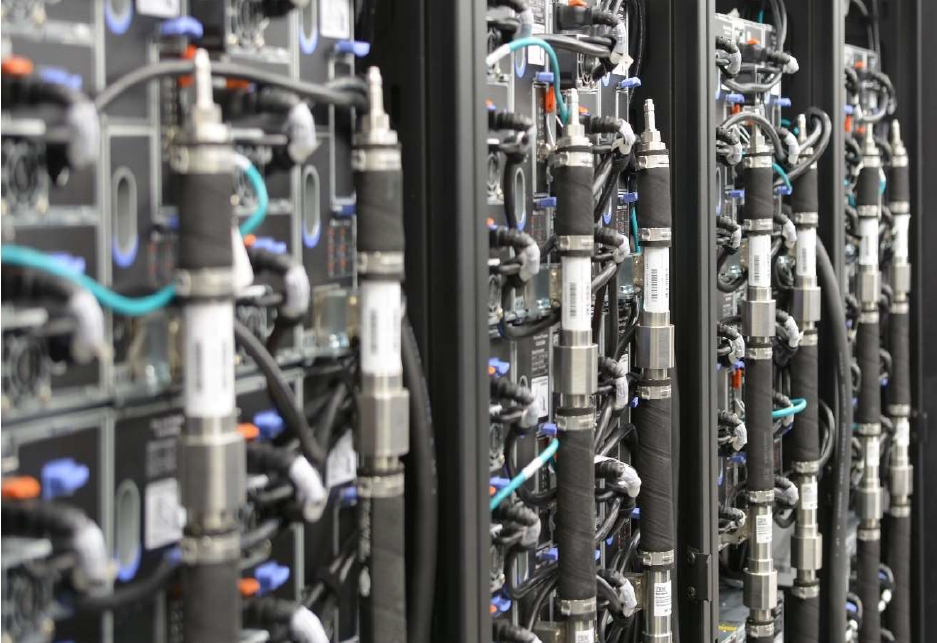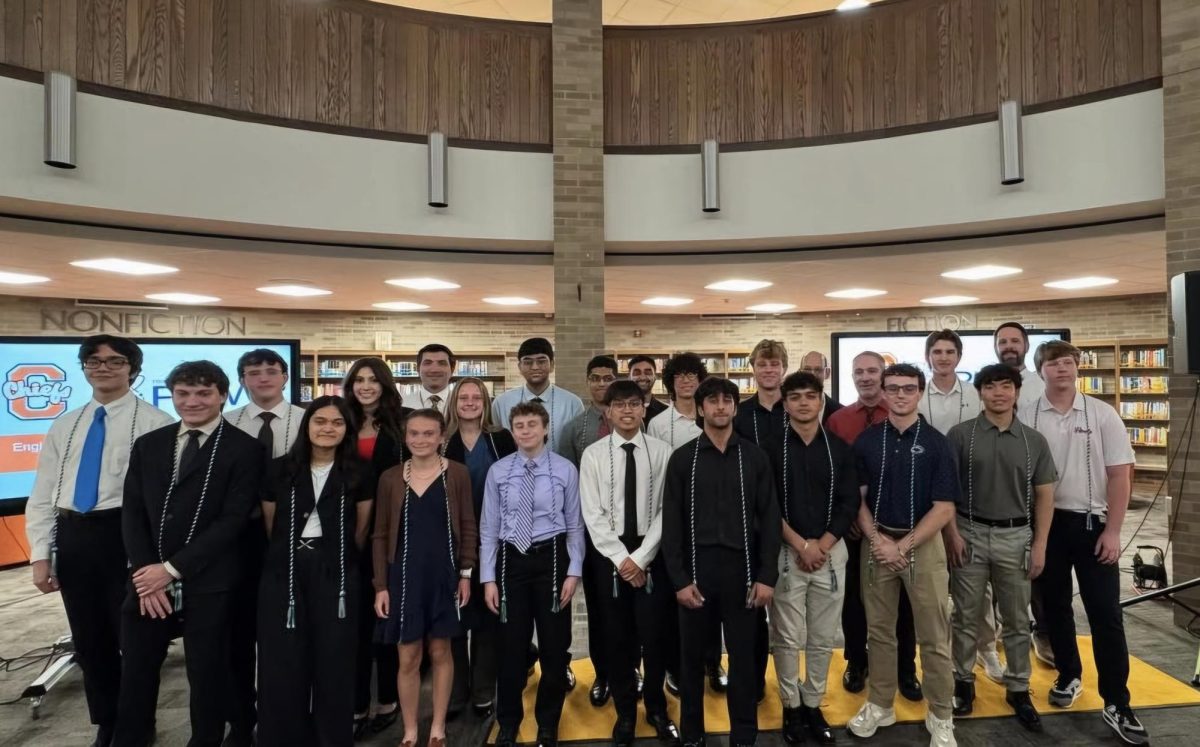ChatGPT’s previous model, GPT-3, showed impressive abilities to learn and create sentences using decision-matrix style systems. This enormous training dataset, which stretched across the internet, supported GPT-3’s linguistic knowledge. However, since parts of the internet contain toxicity and bias, some of this training data needed to be censored before reaching OpenAI users. The solution for filtering explicit images and phrases meant adding AI-powered safety mechanisms to OpenAI that would remove this harmful content, making ChatGPT suitable for everyday users.
In order to purge sensitive and explicit content, AI needed labeled examples of violence, hate speech, and sexual abuse, which would create detectors for those forms of toxicity. These detectors were then built into ChatGPT to check whether the content contained the toxicity from its training data.
Establishing this solution, OpenAI partnered with the Sama company, located in Kenya, so that labelled data could be produced for Silicon Valley clients like Google, Meta, and Microsoft. These workers from Sama were Kenyan, Indian, and Ugandan, and they were paid take-home wages between $1.32-$2.00 per hour, depending on their company position and working output. OpenAI also signed three contracts worth about $200,000 with Sama for labelling textual descriptions of sexual abuse, hate speech, and violence. These contracts stated that OpenAI would pay Sama an hourly rate of $12.50 for the work, which was between six and nine times the amount Sama employees on the project were taking home per hour.
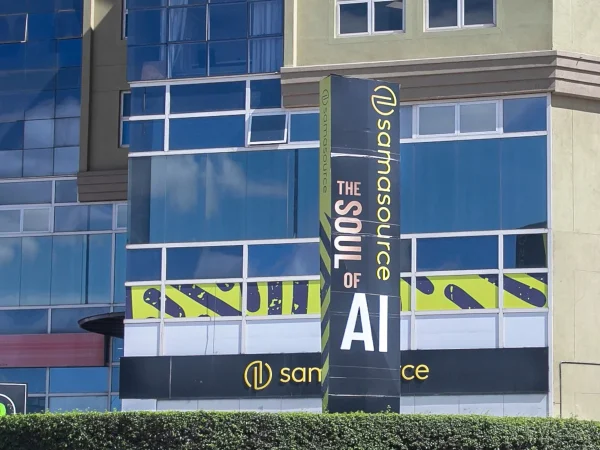
These jobs involved viewing disturbing phrases, images, and videos of murder/executions, torture, and abuse/harassment. Because Sama’s contracts were canceled early, OpenAI stated that the $200,000 that was owed was worth about $150,000 over the course of the partnership, and the Sama company was never fully paid the amount from their previous agreement.
When the partnership ended, AI companies continued using these data labelling systems, causing negative mental health impacts and allowing consumers more resources when they intentionally generate harmful images and writing. The currently limited workforces contriving these filters are also causing more potential toxicities and user dissatisfaction because they have removed the human labor services from before.


